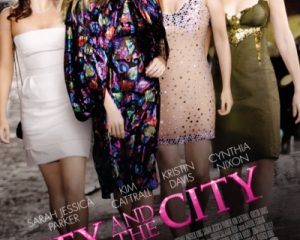Exploring the Cultural Impact of The White Lotus

Introduction to The White Lotus
Since its debut on HBO in July 2021, The White Lotus has exploded in popularity, becoming a cultural phenomenon that resonates with viewers across the globe. Created by Mike White, the series intricately weaves social commentary with dark humour, providing a satirical yet thought-provoking take on wealth, privilege, and human relationships. Its relevance is amplified by the ongoing discussions around social inequality, making it a timely series to delve into.
Series Overview and Reception
The White Lotus is set in a luxurious Hawaiian resort and follows the intersecting lives of the guests and employees over a week-long stay. The ensemble cast, including Jennifer Coolidge, Alexandra Daddario, and Murray Bartlett, brings life to the narrative, which navigates themes of privilege, class struggles, and personal trauma. The series has received critical acclaim for its writing, direction, and performances, winning numerous awards including multiple Emmys. The second season, set in Italy, has only expanded its audience, continuing to receive rave reviews.
Impact on Pop Culture
As a reflection of contemporary society, The White Lotus has sparked conversations about the stark divide between the wealthy and those in service roles. Its quotable lines and memorable characters have become staples on social media platforms, with fans creating countless memes and discussions around its themes. The show’s popularity has also led to wider recognition of its cast members, particularly Jennifer Coolidge, whose performance has been hailed as iconic.
Meaning and Future of The White Lotus
The significance of The White Lotus extends beyond simple entertainment; it invites viewers to reflect on their values and societal structures. The series skilfully critiques the absurdities of wealth, the delusions of grandeur, and the often-unseen consequences of privilege. As it prepares for a potential third season, the anticipation builds on how creators will further explore these themes in new settings. The cultural dialogues sparked by the show are likely to continue influencing discussions around class, privilege, and self-awareness well into the future.
Conclusion
The White Lotus has undoubtedly carved a space for itself in modern television, leading conversations about the complexities of social status while remaining entertaining. As viewers await its next chapter, the show’s ability to influence cultural discourse and challenge societal norms ensures its place in television history. As it continues to garner both critical and popular acclaim, The White Lotus serves as a reminder of the power of storytelling in reflecting and shaping societal values.




